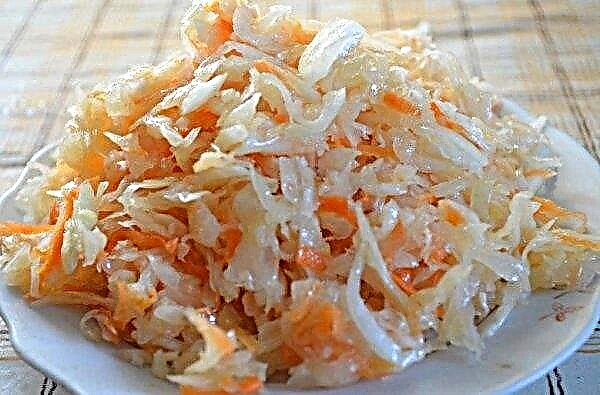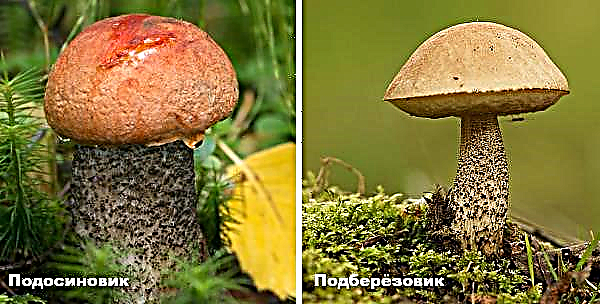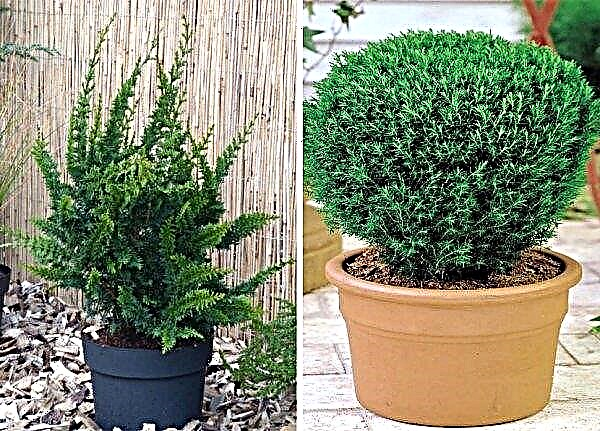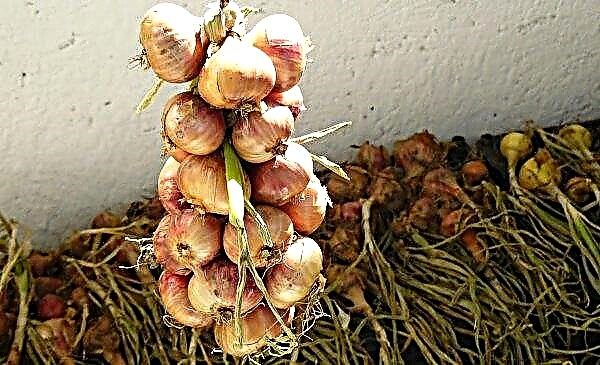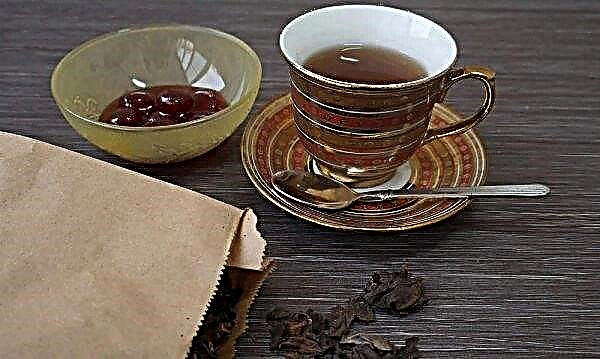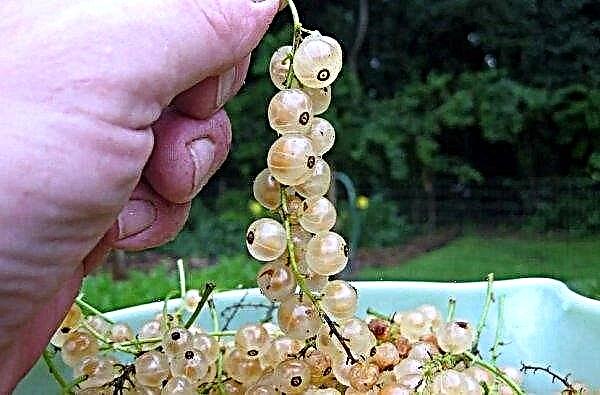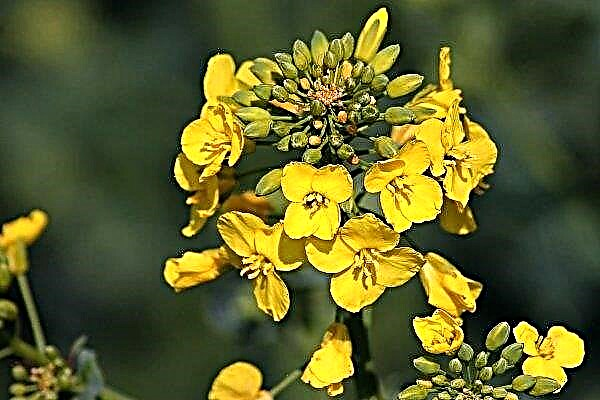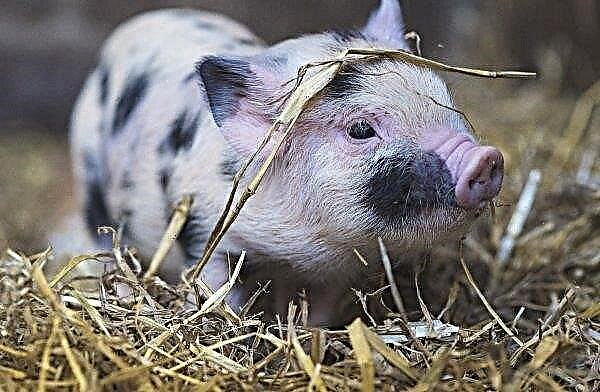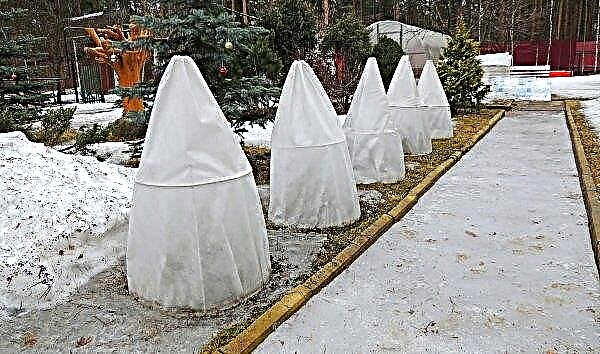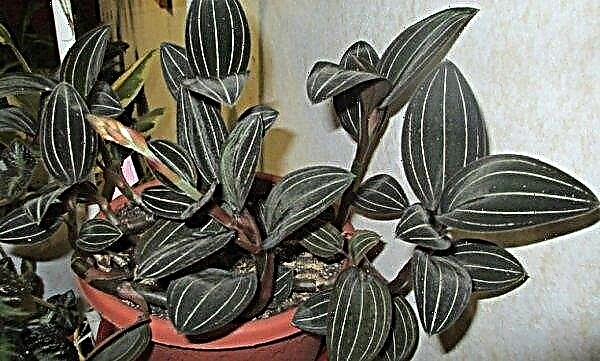Dill is a plant that is often chosen by various caterpillars for living. These butterfly larvae can cause serious damage to crops, especially if they are not controlled. Information about which caterpillars can be found on dill is very important for the gardener. It is important to know not only what they are called, but also what measures can be taken to combat them.
What caterpillars can appear on dill
Butterflies are generally not considered pests, but their caterpillars cause significant damage to plants.
- Anise Butterfly Sailboat with a wingspan of up to 10 cm with yellow-black coloration is found everywhere. Its distinguishing feature is the blue spots in the tail. Mature larvae are large and green. Caterpillars of an anise butterfly sailfish may appear on dill crops from time to time. Each segment of their body is covered with alternating black and yellow stripes. They eat leafy parts of the plant.

- Swallowtail butterfly caterpillar may also be on dill. It is painted in a bright salad color; it is her people who are called the "green dill caterpillar." Each section of the larva is decorated with black and orange dots located along the body. The caterpillar is very beautiful and no less gluttonous; in the garden it is aimed at dill, parsley and related plants. Young individuals prefer dill leaves, while older individuals prefer flowers.

- Umbrella Moth (dill moth) lays eggs on dill flowers in late May. In June, beige mustard larvae with brown dots on the trunk segments appear on the leaves. They feed on umbrellas, wrapping them in cobwebs - so they prepare for pupation.

Causes and signs of occurrence
Any caterpillar is the larva of one of the species of butterflies. Her biological tasks include intensive weight gain due to nutrition. Larvae eat any plant tissue, so the reason for their appearance is the annual biological cycle of the development of a butterfly parasitizing on dill.
Signs of the appearance of caterpillars:
- detection of pests or butterfly eggs themselves;
- detection of traces of their life: deformed leaves, the presence of holes, cobwebs, sticky juice.
Did you know? The remains of dill were found in Swiss Neolithic settlements dating back to 400 BC. e.
How to get rid of dill tracks
Butterflies lay eggs on the underside of the leaves, so if you check the plants several times a week, you can remove the pests in time.
If you find larvae on dill, 2 control methods are available:
- non chemical - consisting in collecting pests manually and attracting birds - natural enemies of butterflies to the site;
- chemical, which consists of treating crops with effective chemicals safe for non-target insects and humans.

Chemicals
If the dill is in good condition, its spraying is not a priority: you process the main crops, thereby destroying pests and dill. In addition, the plant is consumed constantly and freshly, therefore treatment with chemicals is extremely undesirable and can cause food poisoning of varying severity.
Important! When choosing a chemical product, be guided by the fact that it should not accumulate in plant tissues or be toxic to beneficial insects. Also consider the period during which the plants can not be eaten after treatment. All this andinformation must be present in the instructions.
Biological products are best suited for spraying from caterpillars: Biostop, Lepidocide, Bitoxibacillin, Leptocide. The action of all drugs is based on the toxic effect of the microbe Bacillus thuringiensis on the intestinal tract of the insect, as a result of which it dies. The dosage is indicated in the instructions, as well as the number of treatments for crops with the drug.
Folk remedies
Birds wonderful exterminate the larvae, so make your site attractive to them: hang up feeders and houses for birds living in your area.
To make it easier to find pests, use a bait: it can be a simple piece of burlap. In hot weather, the larvae will look for a shaded area and crawl under the burlap, after which you will only have to collect them.
Collecting larvae into a bucket filled with soapy water is also used. There is no need to observe any proportions - just add any amount of soap to the water and shake the tracks from the bushes into a bucket. The same operation is done using a jar instead of a bucket.
Important! Caterpillars that die after using chemicals are safe for birds. This is one of the important properties of such drugs. — low toxicity for birds.
Mechanically
To caterpillars did not eat all the dill, they must be removed.
Among the ways to deal with them are the most used:
- manual removal of leaves with butterfly eggs;
- the use of foil belts around the stems with a depth of several centimeters deep - in order to protect the plant from larvae that can rise from the ground;
- pouring diatomaceous earth around the stem in order to prevent the movement of insects and larvae from plant to plant.
Video: Butterfly caterpillar Swallowtail dill
Preventive measures
To protect plants from caterpillars, you need to take the following measures:
- Plant plants that attract beneficial insects (wasps) that eat caterpillars. It can be fennel, aster, nasturtium.
- Set barriers from the net, which will not allow the butterflies to lay eggs - which means there will be no larvae.
- Be vigilant by conducting a regular inspection of landings. If you do not see pests, and the leaves of the plants are covered with holes - look under the bottom of the leaf.
Did you know? The origin of the word "dill" in Russian is associated with the word "coper", which means "fragrant grass."
Caring for dill is simple: it is not fertilized or specially grown, like vegetable crops. However, he still needs some care. Do not forget about pest control in order to provide yourself with a good harvest.




